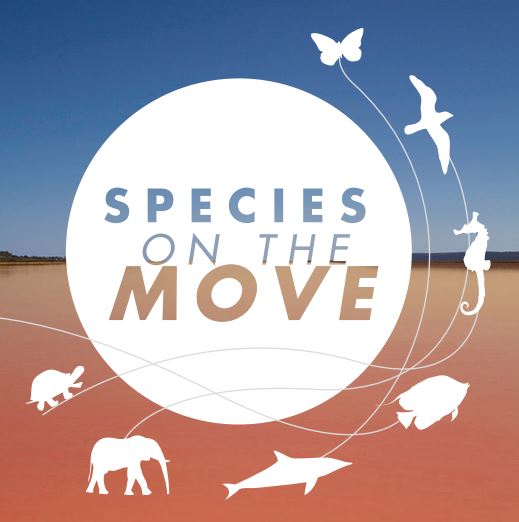
Narrow thermal tolerances and restricted distributions are seriously impacting more than 20 bird species in Australia's Wet Tropics, where projected temperature increases of 2-3 degrees Celsius would devastate the region and result in an almost total loss of its rainforest by 2050.
Speaking at the Species on the Move conference in Hobart, James Cook University's Prof Steve Williams said that worldwide species distributions are shifting in response to climate change, resulting in increased extinction risk for many.
"Our recently-refined analysis of long-term monitoring data shows predictions of climate impacts in the Wet Tropics are rapidly materialising," Prof Williams said.
Prof Williams founded the Centre for Tropical Biodiversity
and Climate Change at James Cook University and is Convenor of the National
Adaptation Research Network for Natural Ecosystems in the National Climate
Change Adaptation Research Facility (NCCARF).
"Highland tropical rainforests such as those in coastal North Queensland are important reservoirs of endemic bird diversity but narrow thermal tolerances and restricted distributions make many bird species particularly vulnerable.
"In the Australian Wet Tropics climate modelling predicts range contractions of cool-adapted upland species, and an expansion of lowland rainforest birds. However, validating such predictions through the detection of range changes is often challenging, as patterns of distribution and abundance are often difficult to quantify.
"By estimating density and elevational abundance responses using models, we have overcome some of these challenges for a diverse assemblage of rainforest specialist species in the Wet Tropics.
"The outcome is that our past predictions of impacts are being realised and the challenge now is to quantify the impacts on particular bird species as conditions in their preferred habitat restricts their available territory."
He said that for 14 species, five of which are endemic to the region, the added effects of up-slope shift and declining habitat area are driving rapid population declines.
In contrast, a further 10 species show population increases, but all are widespread lowland species adapted to warmer climates.
"Much future work remains in understanding the repercussions of these changes on the relevant ecosystems."
Birds are not the only species showing signs of impact. The region currently supports the highest possum diversity in Australia, with five possum species endemic to the region, including the Herbert River Ringtail and Lemuroid Ringtail Possums. A severe heatwave in 2005 wiped out many of the Lemuroid Ringtail possums. Like many mountain species, they can only survive within a very narrow temperature range.
"Many species in the region are restricted to upland rainforests and unable to colonise in any other area if their habitat shrinks from increased temperature and reduced rainfall.
"For instance, the Thornton's Peak nursery frog is restricted to the top of Thornton's Peak. Like other frogs, they are sensitive to climate change as their breeding cycle is linked to temperature and rainfall fluctuations.
"We are already seeing impacts in Australia's biodiversity such as the mass die-offs of Black Flying-foxes due to extreme heat," Prof Williams said.